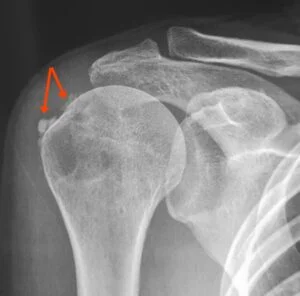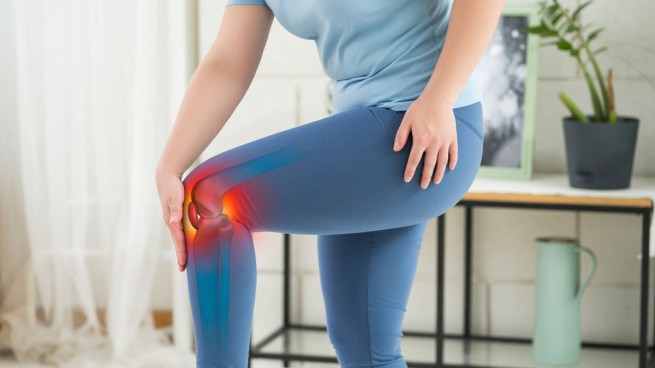A CT scan will show if you have calcium crystals that can cause joint damage. This occurs when the cartilage that prevents bones from rubbing against each other has already worn down, researchers report in the journal Arthritis & Rheumatology.
“Cartilage damage is most likely to occur in the same areas where calcium crystals are deposited (local effect). We also found that crystals can cause knee pain,” said lead researcher Dr. T. Neogi, a professor at Boston University School of Medicine.
Taken together, these results highlight the important role of calcium crystals in the structural damage and symptoms of knee osteoarthritis.
There is no cure for it. Until now, it was believed that calcium crystal deposits in the knee have no clinical consequences and simply occur with age, say the researchers. But after analyzing CT scans of almost 1,700 patients, they were able to detect more deposits than had previously been detected by the classical X-ray method.
These improved images allowed the researchers identify increased risk of cartilage damage due to calcium depositswhich was not noticed (especially in the knees) in the previous images.

About 9% of patients in the study had these calcium deposits, the researchers said. Calcium crystals were associated with an almost 40% higher risk of cartilage destruction.
“Now that this has been identified, we can focus on finding solutions to prevent calcium crystal deposits to relieve pain and limit the progression of joint damage in osteoarthritis,” said Dr. T. Neogi.







More Stories
Myth: The perfect body for summer
Study: Why is it so difficult to give up salt?
Vaccine to combat antibiotic resistance